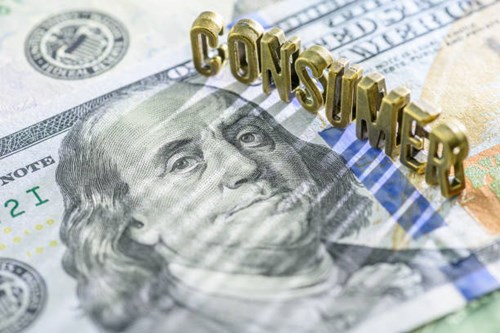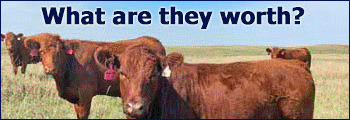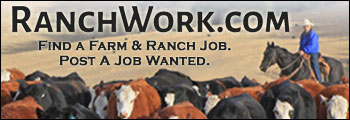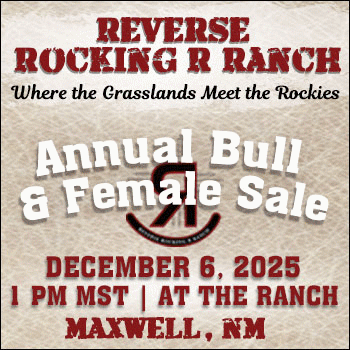The increase in spending at restaurants was an encouraging sign — people eat out more when they are still confident in the economy.
Americans became more cautious spenders in April after the Trump administration jacked up U.S. tariffs and the stock market plunged. Now the big question is what they will do next as the trade wars die down.
Personal spending rose a modest 0.2% last month, the government said Friday, matching the forecast of economists polled by The Wall Street Journal.
Households boosted spending in March, especially on cars, to avoid tariff-related price increases. They cut back last month as the tariffs started to kick in.
Still, even the current level of consumer spending is enough to keep the economy plowing ahead, especially with strong income growth.
What could also help is a recent relaxation of U.S. tariffs and now some court rulings that could kill off many of the duties entirely.
Key details: Personal incomes jumped 0.8% last month, easily outpacing the 0.1% rise in inflation. Wages increased strongly for the third month in a row and the government doled out more in Social Security benefits under a new law providing more benefits for certain retirees.
Rising incomes have helped cushion the blow from a prolonged period of increasing prices.
Americans spent more last month on housing, healthcare, gasoline and eating out.
Households cut spending on new cars and clothes, among other things.
Consumer spending is the main engine of the economy, accounting for 70% of all activity.
The U.S. savings rate, meanwhile, jumped to 4.9% in March from 4.3% in the prior month and hit the highest level in almost a year.
Big picture: Americans are anxious about the trade wars, but not enough to sharply curtail their spending. They are still spending enough to keep the economy expanding — and giving businesses little reason to lay off workers.
The increase in spending at restaurants was an encouraging sign — people eat out more when they are still confident in the economy.
Looking ahead: “The key figure is the increase in income, which was unusually strong. Spending follows income, so that points to the expansion continuing at a solid clip,” said Robert Frick, the top economist at Navy Federal Credit Union.
“While much of the increase in income was from retroactive Social Security payments, wages had another healthy gain.”
Articles on The Cattle Range are published because of interesting content but don't necessarily reflect the views of The Cattle Range.















